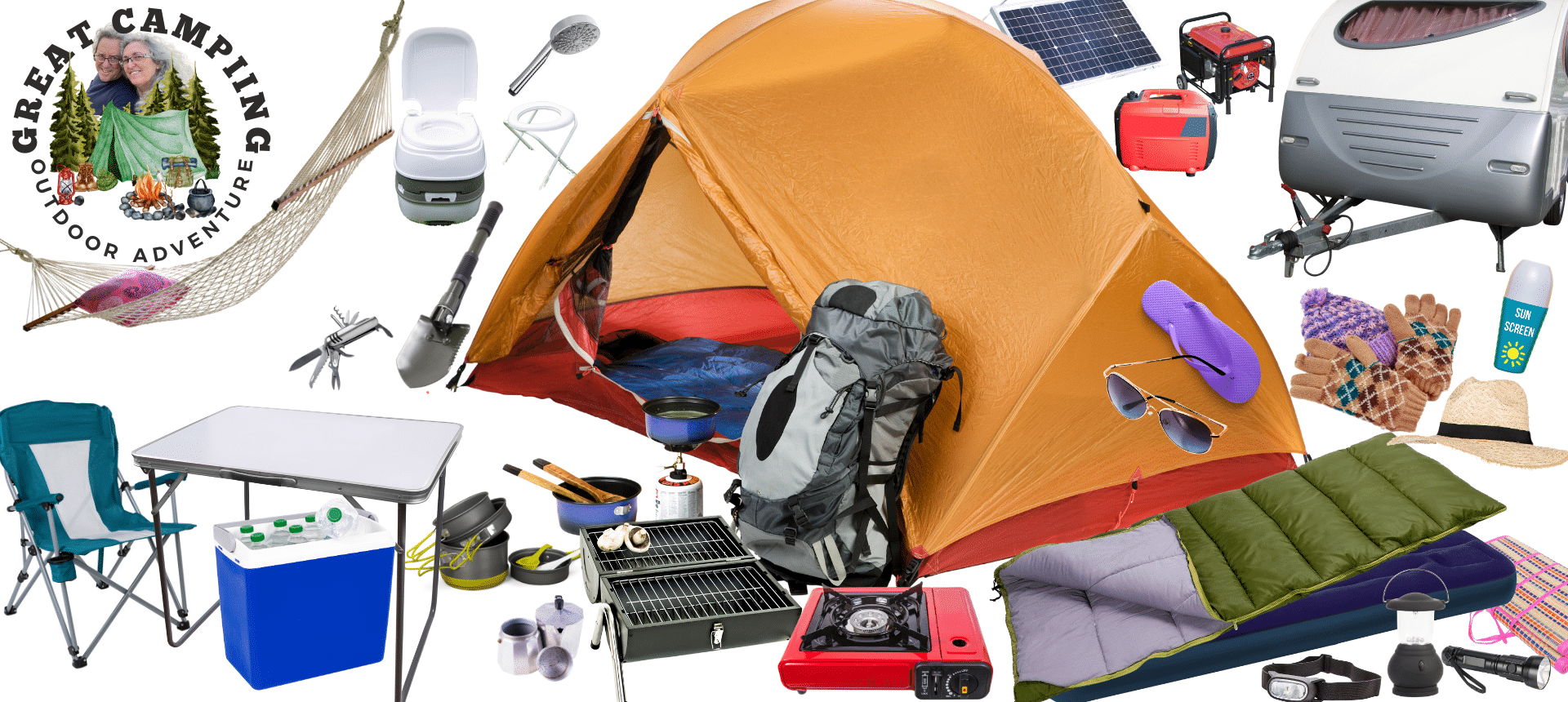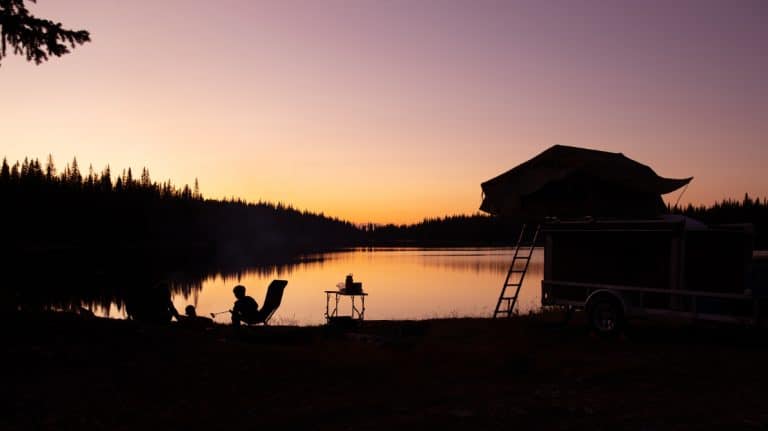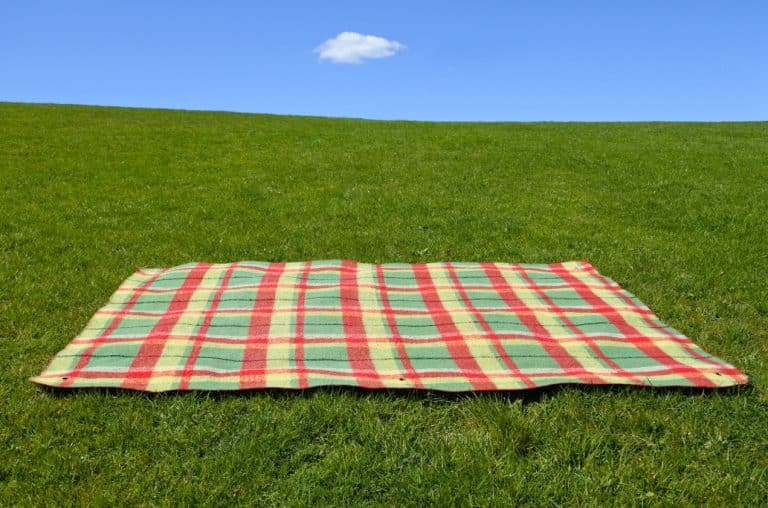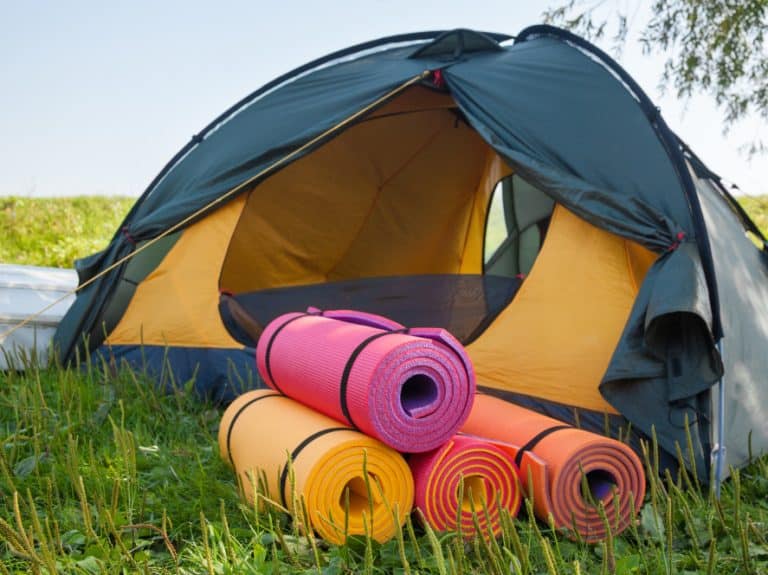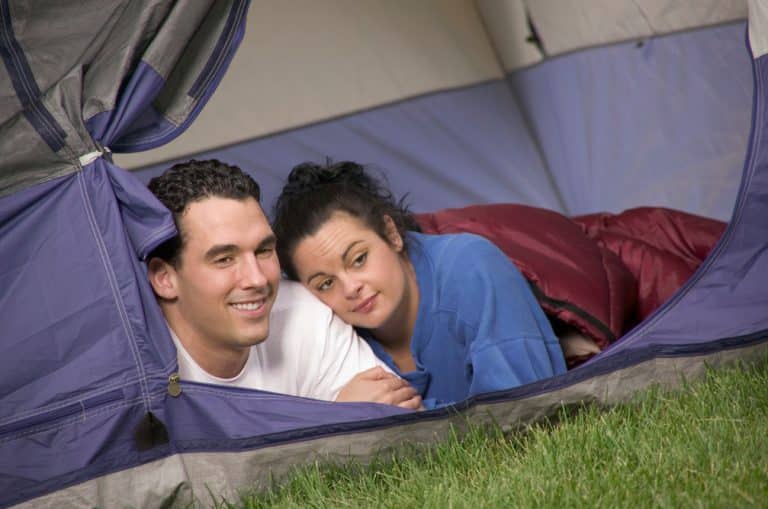(New 2022 Model)
The North Face Wawona 6 Tent is a versatile and spacious family camping tent, recently updated with several improvements to enhance your outdoor experience. In this review, we will discuss the tent’s new features, benefits, and any potential drawbacks to help you make an informed decision when considering your next camping tent.
Design
The refreshed Wawona 6 tent, named after an iconic Redwood tree, has shifted from a single-wall to a hybrid double-wall construction, enhancing its ventilation and weather protection capabilities.

The North Face Wawona 6 Tent features a high-quality DAC MX pole set, which is designed to provide excellent strength and durability without adding any unnecessary weight to the tent. DAC (Dongah Aluminum Corporation) is a leading manufacturer of tent poles and is well-known for producing lightweight and sturdy poles for various types of tents.
The DAC MX poles used in the Wawona 6 tent are constructed from a high-strength aluminum alloy that has been anodized to prevent corrosion and increase durability. The pole set is meticulously engineered to balance weight and strength, ensuring the tent’s structural integrity remains intact even during strong winds or challenging weather conditions.
The use of DAC MX poles in the Wawona 6 tent contributes to the tent’s overall stability, making it a reliable choice for family camping and recreational outings. Additionally, the tent’s color-coded pole system simplifies the setup process, allowing users to quickly and easily assemble the tent without confusion. In summary, the DAC MX pole set is an essential component of the Wawona 6 tent, enhancing its durability, stability, and ease of use for campers.
Setup
The color-coded poles and trims featured in The North Face Wawona 6 Tent are designed to simplify the setup process, making it quicker and more intuitive for campers of all skill levels. This innovative system eliminates the guesswork often associated with tent assembly, ensuring a hassle-free experience and reducing the chances of making mistakes during setup.
By assigning specific colors to corresponding poles and trims, users can quickly identify which parts go together, streamlining the process and saving time. This is particularly helpful for first-time campers or those who might not be familiar with the tent’s structure, as it provides clear visual cues for assembling the tent correctly.
In addition to the color coding, the Wawona 6 tent features easy-to-follow instructions, further assisting campers in setting up their shelter efficiently. Combining these features allows users to spend less time assembling their tent and more time enjoying the outdoors and their camping experience.
Overall, the color-coded poles and trims in The North Face Wawona 6 Tent contribute significantly to the tent’s user-friendly design, making it an ideal choice for those who value a simple and efficient setup process.
Space and Comfort
Upon examining the interior layout of The North Face Wawona 6 tent, there are some noteworthy points. On the downside, the tent has a relatively small internal area when considering only the meshed-in area, excluding the vestibule space. The floor area measures 960 square feet.
Sleep capacity is related to the floor area, and it’s essential to consider the actual dimensions of the tent when evaluating its capacity. While the tent is marketed as a six-person tent, there is no industry standard defining the size of tents based on capacity, which is why it’s crucial to examine the tent’s dimensions.
Fitting six sleeping pads inside the tent is a tight squeeze. You might be able to fit five and a half pads, but calling it a six-person tent might be a stretch. In conclusion, while the tent may not comfortably accommodate six people, it can still provide a satisfactory sleep capacity for campers who prioritize space and comfort.
However, there are several positive aspects to the tent’s layout. For instance, it offers impressive headroom for a dome-style tent, with a peak height of 80 inches. This provides ample space for someone who is 5’10” tall. Additionally, the tent features a spacious vestibule or mudroom, which can comfortably accommodate a couple of full-size camp chairs and keep you protected from the rain.
This tent features two doors, though they differ in size. First, the front door is enormous and can be zipped all the way to the top. When rolled up and fastened at the top, it creates an open space, allowing the vestibule area to feel like an extended living room. The back door is significantly smaller, initially appearing as if there wasn’t a second door at all. However, the large front door compensates for this, as it makes it easy to move large items like air mattresses in and out of the tent. The smaller back door also provides flexibility for people going in and out during nighttime, for example, for bathroom breaks.
The tent’s zippers are of good quality, allowing for smooth, one-handed zipping without snagging. This is a notable improvement compared to other tents.
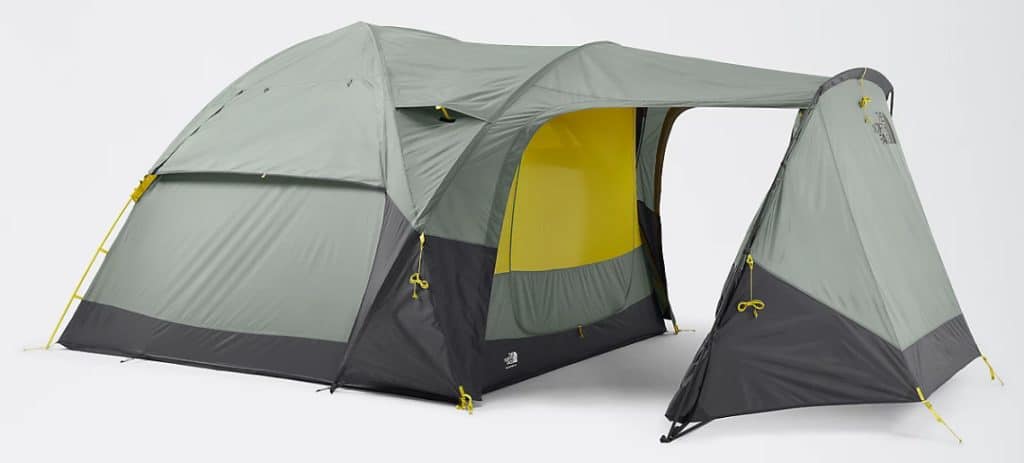
One of the standout features of this tent is its storage options. Inside the main body of the tent, there are two storage pouches on either side near the front door, which are great for storing items like a headlamp, keys, or your phone while lying down. At the back of the tent, there are three additional pouches above the smaller back door and four more just above it. This layout suggests that North Face may not expect some users to use the back door for entering and exiting the tent.
However, the true highlight of the Wawona’s storage capabilities is the expansive vestibule space outside the tent. This area offers ample room for storing a wide range of gear, including camping chairs, backpacks, and other items that need protection from the rain but don’t need to be inside the main tent body.
Taking all these storage options into account, the Wawona offers exceptional storage, making it a highly practical choice for campers.
The overall layout of the tent has more advantages than disadvantages, particularly if you don’t need to accommodate six people inside.
Ventilation
Ventilation is another aspect where the Wawona excels. The tent offers ample airflow through its various features. The large front door provides significant ventilation, while the mesh panel on the smaller back door can be unzipped for additional airflow. The top of the tent also has zippered sections that can be opened and rolled up, allowing more ventilation through the upper mesh panel.
One minor concern is that the side mesh panels could extend further down for even better airflow. However, considering the existing features, the Wawona still performs well above average in terms of ventilation
Durability and Weather Resistance
When assessing the build quality of a tent, there are several factors to consider: the materials used in the fabric, the poles, the stakes, and the overall structural design. Let’s discuss each aspect of the Wawona 6.
- Fabric: The canopy and rainfly of the Wawona 6 are made of 75-denier polyester, which is comparable to the more expensive REI Wonderland. The floor of the tent uses a more robust 150-denier polyester, offering better durability than some other tents.
- Poles: The Wawona 6 features DAC (aluminum alloy) poles, which provide a higher strength-to-weight ratio compared to standard aluminum poles.
- Stakes: While the stakes included with the Wawona 6 are thick and durable, their design lacks a pointed end, which could make driving them into hard ground more challenging. This is a minor drawback considering their overall solid quality.
- Structural Design: The Wawona 6 offers a more robust structure than lower-priced tents. However, it doesn’t quite match the exceptional sturdiness of the REI Base Camp.
Environmental Considerations
The North Face has made a conscious effort to create a more environmentally friendly tent by manufacturing the Wawona 6 without any flame-retardant coating.
Packing

When it comes to packing, there are two main aspects to consider: the ease of disassembling the tent and fitting it back into its original bag and how compact it is when packed away with the rest of your gear. Let’s discuss both factors.
- Disassembly and Packing: The Wawona 6 is relatively easy to disassemble and pack away. The poles stay together better than expected, making it simpler to thread them through the sleeves of the rainfly or tent. The stuff sack provided with this tent is excellent. Its large size and side or top opening make it easy to roll up the tent and fit it inside without struggling with a narrow opening. The shock cord on top allows you to zip it shut securely.
- Compactness: When packed away, the Wawona 6 does take up a decent amount of space in the trunk of a car. It occupies slightly more space than average, so it’s worth considering how much room you have available for storage.
Overall, the Wawona 6 scores well in terms of ease of packing and disassembly, but it does take up a bit more space than some other tents when stored.
Potential Drawbacks
While the updated Wawona 6 offers an array of impressive features, its weight of 19 lbs 4 oz (trail weight) may not make it suitable for ultralight backpacking trips. However, the Wawona 6 is a reliable, spacious, and comfortable option for family camping and recreational outings.
North Face Wawona 6 Tent: Summary of Buyer Reviews
125 Reviews Update (April 2023)
The North Face Wawona 6 tent has received mixed reviews from customers, with an overall rating of 4.6 out of 5 stars. The tent has been praised for its spaciousness, ample storage, large vestibule, and ease of setup and takedown. Users also appreciate the tent’s ability to withstand various weather conditions, including rain and wind. Some customers found the tent to be great for family camping and believe it to be a durable and high-quality product.
However, there are a few concerns and suggestions for improvement from users. Some customers found the tent poles to not click and stay in the grommets and the stuff sack to be inadequate. A few users also mentioned that the tent might not comfortably fit six adults, as it is marketed. Another concern is that the tent does not have a footprint, which some believe should be included at this price point. Lastly, a few users found the instructions for setting up the rainfly and vestibule to be unclear.
Despite these minor issues, the majority of customers are satisfied with their purchase and would recommend the North Face Wawona 6 tent for camping trips.
Final Thoughts
The North Face Wawona 6 Tent’s recent improvements make it an excellent choice for families or groups seeking a spacious, comfortable, and easy-to-set-up camping tent. Its upgraded design and materials ensure a pleasant outdoor experience, while its various storage options and attention to environmental considerations make it a versatile and responsible choice for a range of camping needs.
North Face Wawona 6 Tent FAQs
Yes. The front vestibule has its own separate pole for setup. The tent itself has two poles, and the vestibule has an additional one. It would be difficult to use the rainfly without pitching the vestibule, as excess material would be left flapping around. The spacious vestibule is a notable feature of the North Face Wawona 6 tent.
The tent’s rain fly is made of durable, waterproof polyester, providing protection from rain and wet conditions. However, it’s always a good idea to use a footprint or groundsheet for added protection against moisture from the ground.
Yes, North Face offers a custom-fit footprint for the Wawona 6, which can be purchased separately to provide additional protection for the tent floor.
The large front vestibule is integrated into the rain fly and cannot be removed or used independently from the main tent.
